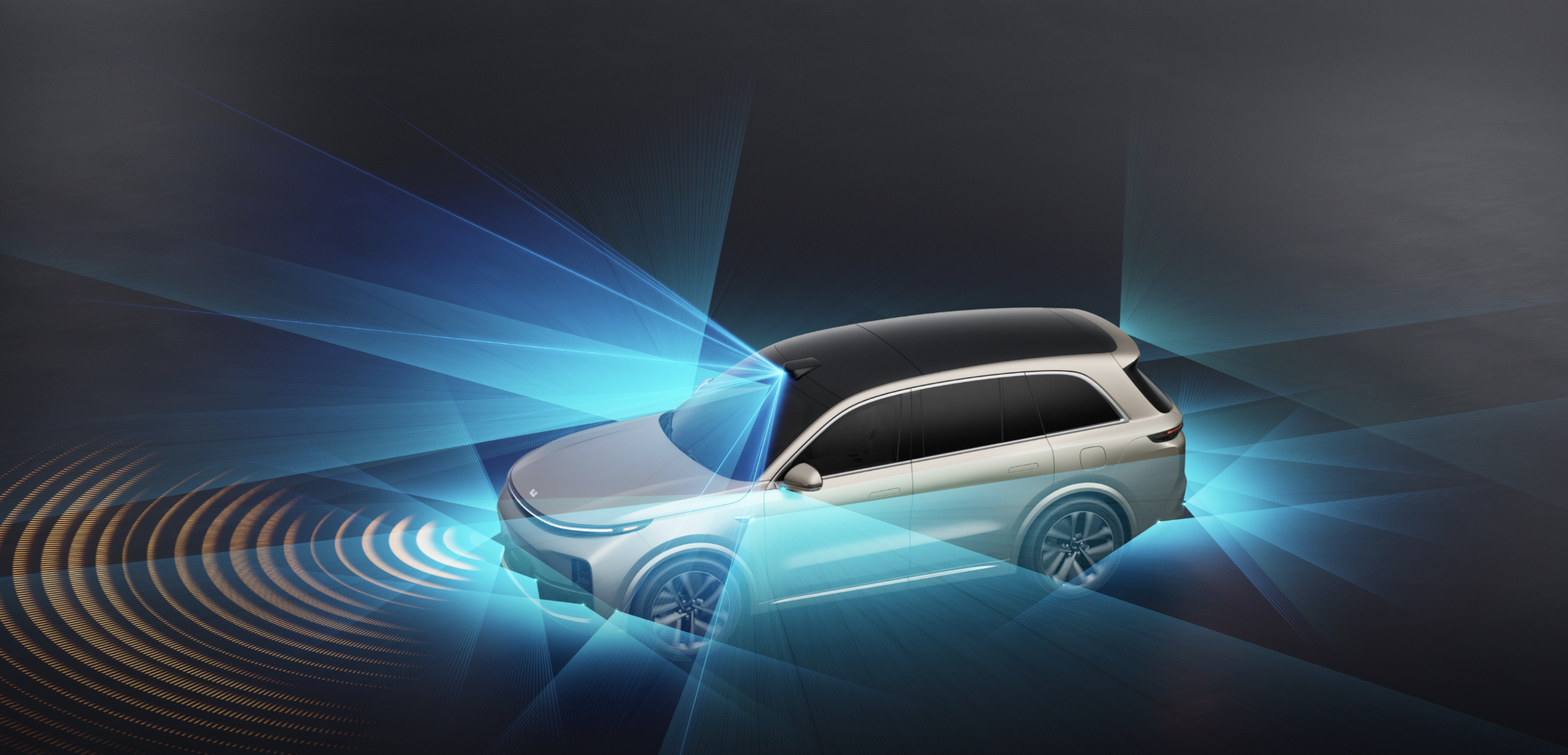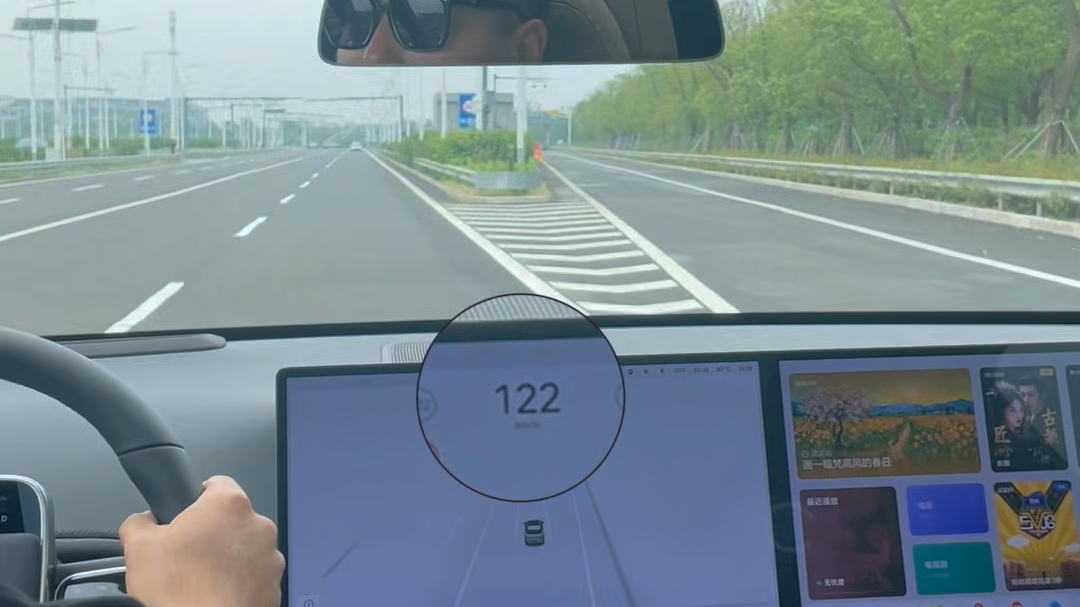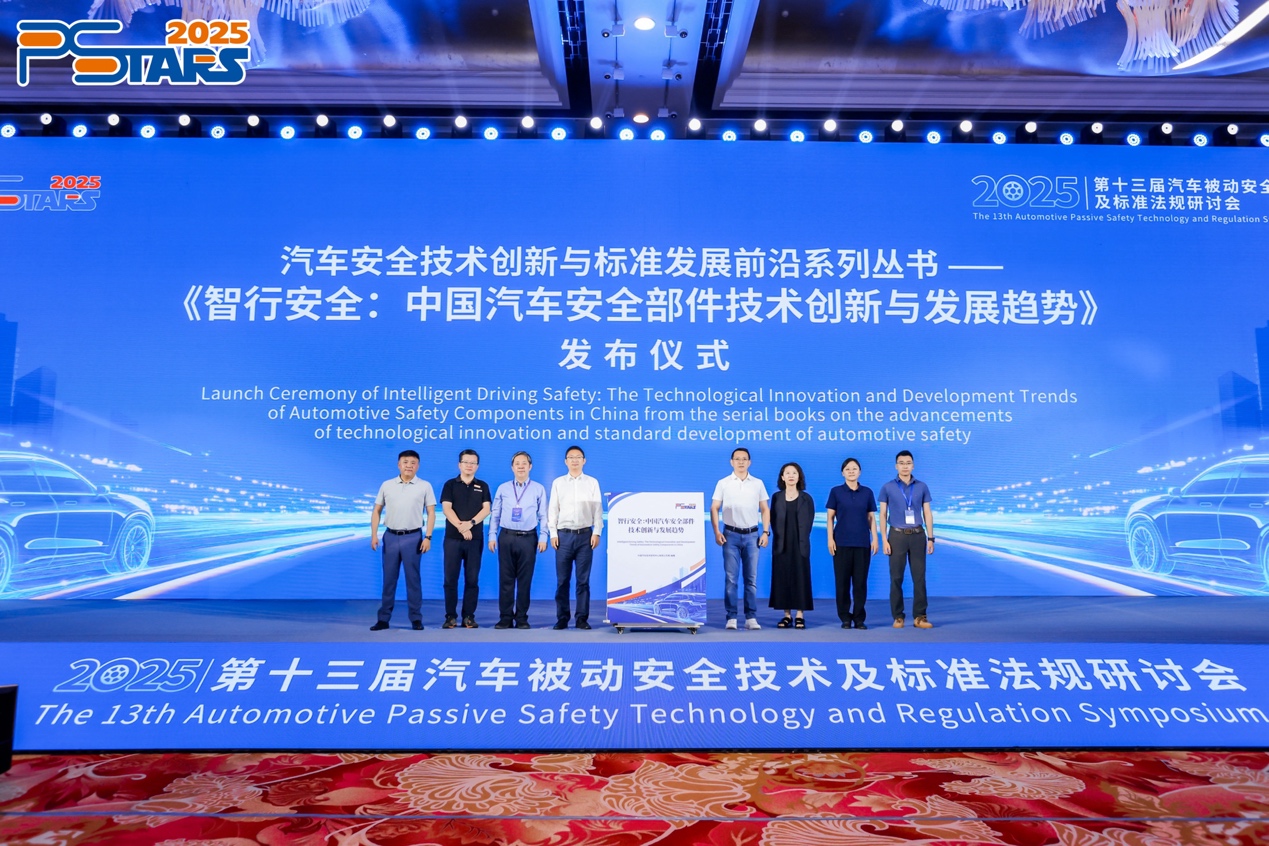
With the development of intelligent technology, people have higher requirements for vehicle safety performance, especially passive safety. This requires not only that automakers increase their research and development of safety technologies, but also that the industry as a whole strengthen public trust in intelligent technology through a more comprehensive standard system.
Recently, the China Automotive Technology and Research Center (CATARC) Standardization Institute and Ideal Automotive jointly launched the "Intelligent Driving Protection: A Common Research Platform for Innovative Technologies and Standards for Automotive Occupant Protection in Future Scenarios" and released the book "Intelligent Driving Safety: Technological Innovation and Development Trends of Automotive Safety Components in China".

Why Ideal? As a family-focused car brand, safety is always a top priority for all family users. Ideal Auto also has its own obsession with safety standards. For example, many higher-priced traditional luxury brands consider airbags to be a feature that differentiates vehicle grades. For Ideal Auto, this approach is absolutely unacceptable. Ideal believes that safety-related features must be standard.
Through its continuous exploration of active and passive safety technologies, Ideal Auto is contributing to improving industry safety standards. Ideal Auto's participation in establishing safety standards for future mobility has also allowed millions of users to glimpse a different side of Ideal, a company renowned for its efficiency, where safety is always the top priority.
With the rapid development of assisted driving technology, passive safety faces new challenges and opportunities.
The development of automotive passive safety began in the 1950s, with key breakthroughs including the three-point seatbelt (first implemented in 1959) and the airbag (first introduced in 1973). Crash testing began to be introduced in the 1960s, making seatbelts and crash-resistant steering wheels mandatory. Airbags soon became standard equipment, and the then-novel concept of vehicle body safety was introduced. For a long time, automotive safety testing focused on these areas, until the advent of electrification and intelligent vehicles.
The greater weight of new energy vehicles translates to greater collision kinetic energy. Furthermore, the availability of assisted driving can make drivers more susceptible to distraction. These factors pose new challenges to passive safety technology. In short, current and future requirements demand that passive safety technology move beyond simply focusing on "basic protection" in the event of an accident and instead consider "multi-dimensional, coordinated protection."
Specifically, traditional automotive passive safety systems (such as seatbelts and airbags) are evolving into intelligent restraint systems. These systems no longer rely solely on post-accident passive protection. Instead, they combine environmental perception (including radar and cameras), vehicle dynamics, and occupant status (including body shape and sitting posture) to predict collision risk and type in real time through powerful algorithms. They then precisely activate protective responses within a split second (milliseconds). Based on the angle and intensity of the impact, they intelligently control the multi-stage deployment of airbags, seatbelt pretensioning, and even adjust seat posture to reduce injury risk.
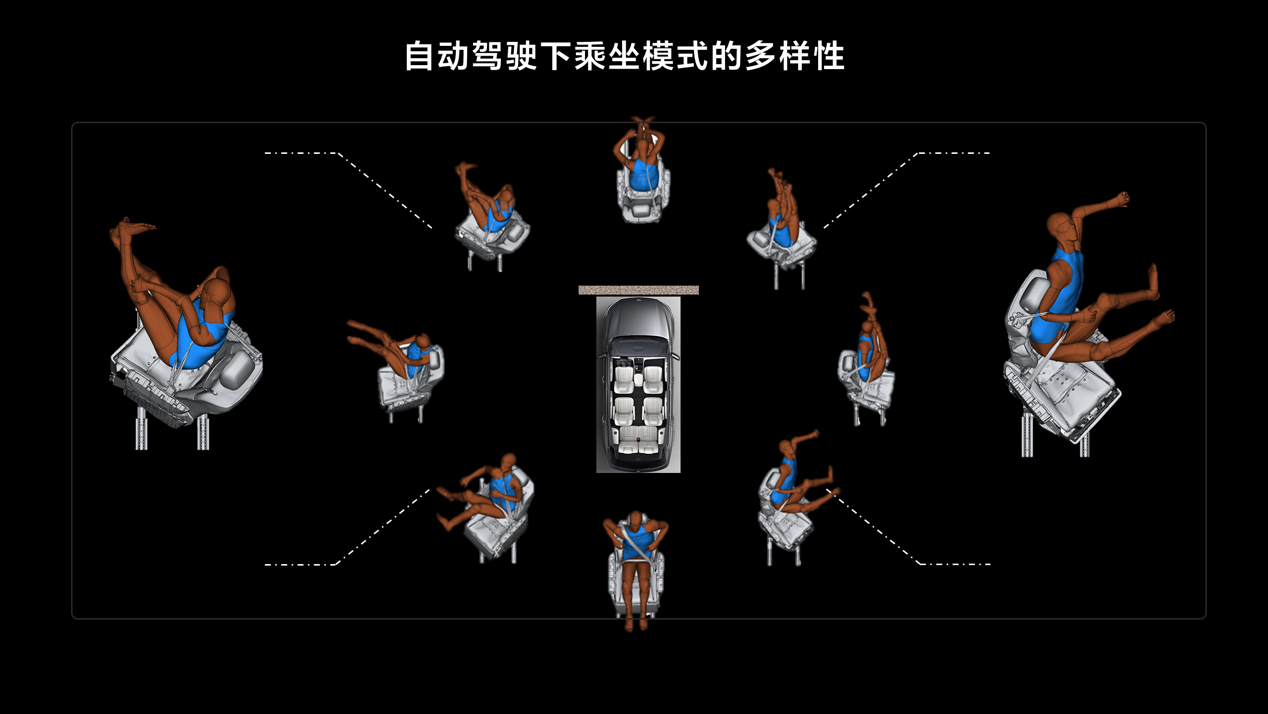
Globally, the development of assisted driving technology has prompted countries to accelerate the development of relevant standards. The US National Highway Traffic Safety Administration (NHTSA) has updated its occupant protection standards, providing clear safety requirements for manufacturers of assisted driving vehicles. The China Automotive Technology and Research Center (CATARC) Standardization Institute, in collaboration with Li Auto, has established a common research platform for innovative technologies and standards for future-oriented automotive occupant protection. This platform aims to ensure that my country's automotive industry maintains its rapid development without stalling or deviating from its course.
This comprehensive, all-scenario automotive safety standards system will be implemented in three phases: the autonomous driving occupant protection standards system will be completed by the end of 2025, key protection standards by the end of 2027, and all standards by the end of 2030.
Ideal Auto adheres to the principle of "safety first" throughout the entire process of car manufacturing and proactively deploys cutting-edge fields such as active and passive integration.
In May 2025, Ideal Auto teamed up with CCTV News to create a special live broadcast titled "Newly Moving China - Set Out with Ideals". During the live broadcast, Li Xiang talked about relaxing the standards for budget approval and said that there was an exception to the budget approval. Because Ideal Auto's products are characterized by being safer, more comfortable and more convenient, and safety is the top priority, any safety-related expenses do not require his personal approval and can be directly approved.
Always adhering to the principle of "standards first, safety first", Ideal Auto has performed excellently in national standards and multiple third-party evaluations: all its models have received the highest rating in the C-IASI crash test, and all C-NCAP test models have received five-star scores, successfully achieving a grand slam in mainstream crash safety ratings.
In the event of a collision, top-level vehicle body safety can be said to be the first line of defense for your family. Ideal Auto's deeply self-developed fortress safety body, combined with a large number of high-strength yet lightweight materials, can effectively withstand the impact caused by collisions and maximize the safety of the passengers in the car. The second line of defense comes from the occupant protection system in the car, the most important of which is the airbag system. It is worth mentioning that all Ideal Auto models on sale are equipped with 9 airbags as standard. Among them, the MEGA's air curtain pressure retention time reaches 36 seconds, which is 6 times the pressure retention time required by regulations. This means that even in extreme conditions such as continuous rollovers, it can effectively prevent damage caused by secondary collisions. Based on traditional passive safety systems (such as seatbelts and airbags), Ideal Auto has also proactively deployed active and passive fusion technologies, focusing on cutting-edge areas such as occupant protection in future driving scenarios.
Undoubtedly, the "safety first" development principle has permeated Ideal's entire automotive history. In other words, Ideal's leadership in active and passive safety technologies isn't solely based on high R&D investments, but rather on a genuine focus on user value throughout product definition and feature development. These product values have permeated the entire company, achieving a unified understanding.
Ideal Auto has been deeply involved in the formulation and revision of nearly 100 standards, contributing to the industry with an open and shared attitude.
Ideal Auto holds itself to corporate standards that are higher than industry standards, and actively participates in the formulation and revision of national and even international standards and regulations, striving to transform every technological innovation into industry consensus.
Currently, there are over 50 publicly developed test scenarios in the domestic industry, and Ideal Auto has established over 100 corporate standards for whole-vehicle crash testing. It's important to note that while the types of tests are similar across the industry, Ideal Auto's test scenarios are more detailed and comprehensive than typical industry standards at every stage. For example, for side-column impacts, Ideal Auto not only performs the industry's typical front-row side impact tests, but also expands the testing to include the entire side of the vehicle. This is because the second and third rows are occupied by elderly and children, and their safety in the vehicle must also be considered.
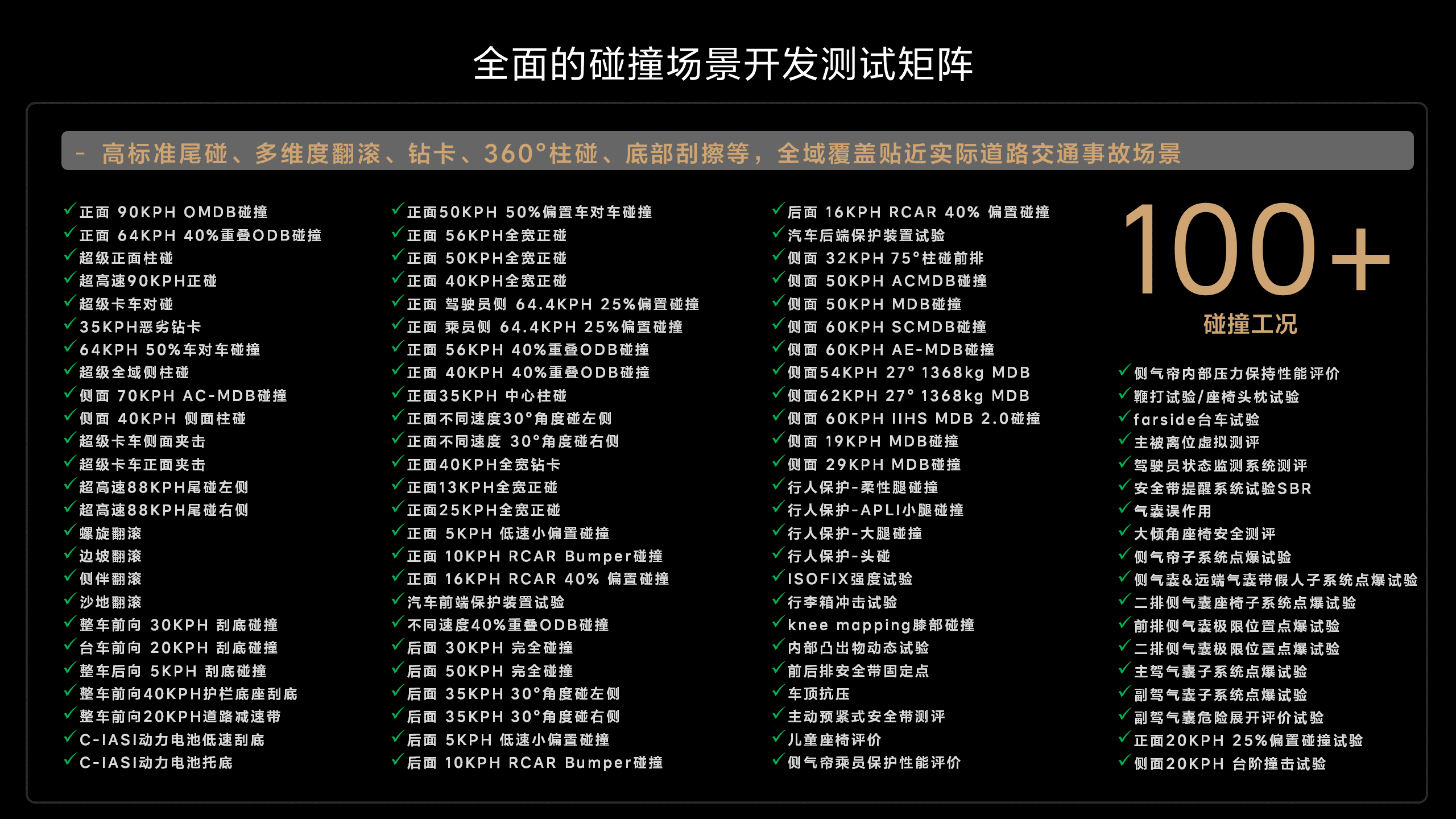
At the same time, Ideal Auto focuses on extreme real-world user scenarios and has established a comprehensive system of crash tests. These so-called extreme tests, previously untested by the industry, encompass diverse dimensions including driving safety, collision safety, rescue safety, and fire safety. The more challenging these tests are, the greater the significance of their achievement. For example, rigorous US-standard tests such as 90km/h head-on collisions, 60km/h side collisions, 110km/h high-speed rear-end collisions, and full-scenario rollovers ensure that every vehicle model and every seat meets the highest safety standards.
Currently, Ideal Auto is deeply involved in nearly 100 national and industry standards in the fields of intelligence, electricity, safety, etc. Under the guidance of the China Automotive Standards Administration, it is undertaking preliminary research on standard systems such as automotive AI, post-crash rescue, and zero-gravity seats. Taking post-crash rescue as an example, Ideal Auto's post-crash rescue function requirements reach as many as 40 items, more than double the standards currently used in Europe, the United States, and China. In addition to providing vehicle positioning and basic information, it can also provide specific collision scenarios, information about occupants in the car, etc., to help rescue personnel respond quickly. After a collision, the vehicle can reduce high voltage to a safe level within 1 second, and ensure light warnings and door unlocking to avoid secondary accidents and facilitate rescue. The door can be unlocked immediately after the collision, and the door handle can be smoothly ejected, maintaining zero door unlocking abnormalities in all collision accidents.
Liao Mengjun, Vice President of R&D and Operations at Ideal Auto, said: "In the future, Ideal Auto will work closely with the China Automotive Technology and Research Center Standardization Institute to actively explore the research of active and passive integrated forward-looking technologies, and strive to contribute to the continuous improvement of the industry's safety level."
Ideal Auto is committed to creating "safer, more convenient, more comfortable, and more refined" products for family users. Leveraging its forward-thinking approach to active and passive safety technologies, Ideal will continue to explore the limits of safety in this endless race. Working with the China Automotive Standards Administration and industry organizations, Ideal will cultivate innovation into industry consensus and advance the "China Solution" to achieve global leadership in safety technology.
